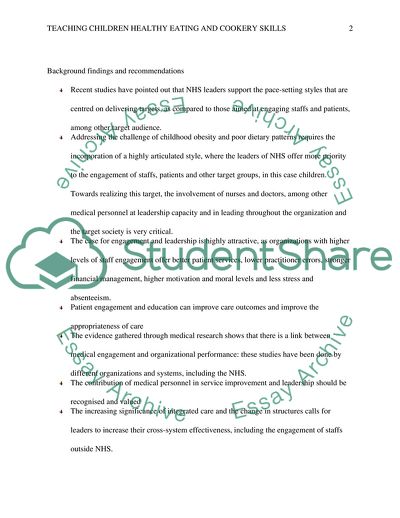Cite this document
(Leadership Styles to Implement an Initiative of Teaching Children Article, n.d.)
Leadership Styles to Implement an Initiative of Teaching Children Article. https://studentshare.org/health-sciences-medicine/1818915-leadership-in-the-nhs-and-leadership-styles-to-implement-a-new-initiative-within-the-health-service
Leadership Styles to Implement an Initiative of Teaching Children Article. https://studentshare.org/health-sciences-medicine/1818915-leadership-in-the-nhs-and-leadership-styles-to-implement-a-new-initiative-within-the-health-service
(Leadership Styles to Implement an Initiative of Teaching Children Article)
Leadership Styles to Implement an Initiative of Teaching Children Article. https://studentshare.org/health-sciences-medicine/1818915-leadership-in-the-nhs-and-leadership-styles-to-implement-a-new-initiative-within-the-health-service.
Leadership Styles to Implement an Initiative of Teaching Children Article. https://studentshare.org/health-sciences-medicine/1818915-leadership-in-the-nhs-and-leadership-styles-to-implement-a-new-initiative-within-the-health-service.
“Leadership Styles to Implement an Initiative of Teaching Children Article”. https://studentshare.org/health-sciences-medicine/1818915-leadership-in-the-nhs-and-leadership-styles-to-implement-a-new-initiative-within-the-health-service.


